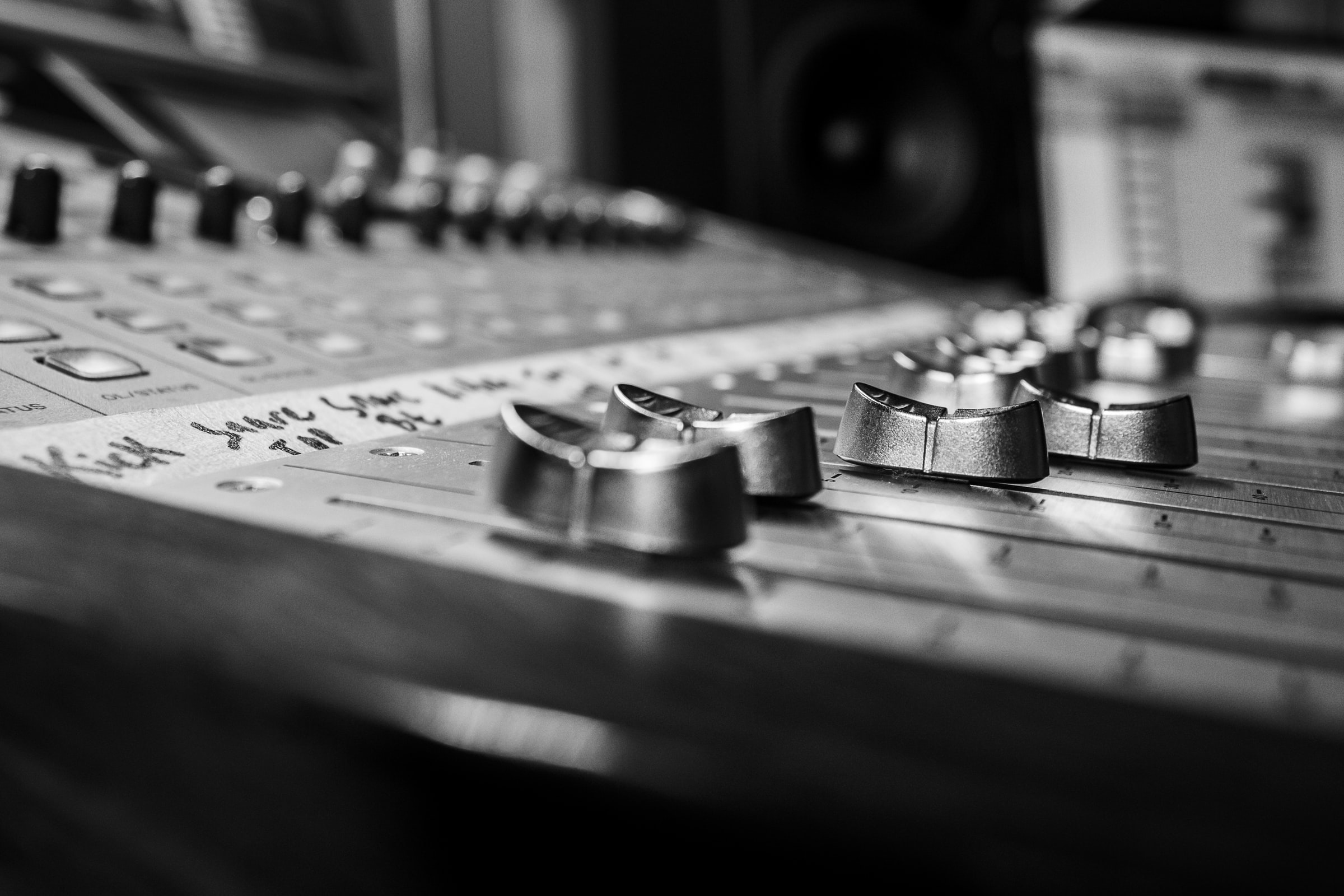We always joke about long wait times on hold, but it’s no laughing matter when it comes to our time investment and well-being.
In survey studies that evaluate the on-hold experience, industries consistently ranked with the longest wait times were telecommunications, healthcare, government services, utilities, airlines, and financial institutions. Changing flights, finding lower internet rates, or checking on phantom bank fees cost us time in the queue and added anxiety to our day.
According to a survey by Martex and Talk.to, Americans will spend an average of 43 days of their life on hold.
Angry customers and high drop-off rates
Anticipating a miserable experience, we take a deep breath, dial that 800 or 877 customer support number, and mentally prepare ourselves for what’s to come; an automated voice, a list of numerical prompts, and a painfully long wait with a soundtrack that sounds like this. (Some say this particular piece, called Opus Number One, is the most common background for customer service lines).
The wait is excruciating and the anxiety is real. Where is the investment in the caller experience?
The purpose of an IVR system is not to frustrate or raise one’s blood pressure. It is to tell customers they are important and to encourage them to wait for the next representative.
Angry customers tell their friends, and post reviews, which damages the brand in the long term.
But bad hold music and messaging can do more than just harm the brand and frustrate customers. They can also damage one’s health and well-being.

Cautionary tales of harmful audio experiences
Decades ago, the Department of Health and Human Services set up a hotline for suicide prevention. A caller could dial 988 and speak to a mental health specialist. However, the caller had to be put on hold. They would then encounter canned upbeat jazzy music that was completely out-of-sync with their state of mind. Small wonder that they often hung up.
The account was documented in this episode of the Radiolab podcast.
Eventually, they switched the music to a more soothing piece. Although this solution was a generic-sounding option, it was less offputting and reduced the hotline’s drop-offs by over 36,000 callers.
At Melbourne’s Alfred Hospital, a patient’s spouse voiced his experience on hold. In 2020, Mark Green’s wife, Row, had been flown to the hospital from Tasmania for a medical emergency. Due to the restrictions of COVID, he could not visit her.
Mark was calling the hospital several times a day to speak with her and get updates. Each call resulted in a 5-minute average hold time. The music he was subjected to got, “quite upsetting” after frequent repetitions, and after his wife’s passing, that bad sound experience stuck with him. Hearing the same music during other on-hold experiences was too upsetting for him and he had to hang up. He reached out to the hospital to remedy the situation. They sympathized and stepped up.
The hospital hired Jessica Wells, a composer, arranger, and orchestrator to write new hold music. Wells went to work creating a “journey through melodic themes and key changes.” She designed the composition so the ending seamlessly tied back to the beginning.
Portrait of Row was recorded in 2022 and was implemented into the Alfred Hospital’s call system.
Improving your on-hold experience
We’ve had plenty of good chuckles at how corny or awful some on-hold music is, but enough is enough. Music is powerful. When it comes to waiting on hold, music can either worsen a dreaded task or enhance it with an emotionally appropriate composition that people look forward to hearing.
Companies must reevaluate the music their customers are experiencing. Is it appropriate, is it reassuring, is it well-produced, does it convey the brand’s personality?
Your brand’s on-hold music choices could make the difference between another bad review and a stellar one.
Here are a few steps for improving on-hold sound experiences. I suggested these steps several years ago and they still apply today.
Forgo short loops
The music should be at least 1.5 to 2 minutes in length. This prevents people from feeling trapped in a repetitive cycle.
Vary the composition
Keep the piece fresh by changing instrumentation, harmonies, and melody
variations. Don’t bore the customer. They will become miserable and hang up in
frustration.
Strive for distinctiveness
Create custom music and avoid copycats. Building off of an existing sound lands you in stereotype village yet again.
Treat holding as a critical customer experience
Those on-hold experiences could be the only human contact your customers ever have with your brand. Make sure they come away feeling valued.
Beware of monotonous voices
An impersonal robotic voice, and repeated messaging casts your brand in a cold light. Show your humanity by choosing a voice that uses inflection and emotion.
Reflect brand values and personality
The on-hold experience should contain a familial musical link to the music your brand uses in advertising, social media, apps, and in-person events. Coherence is one of the most effective ways to build trust.
The first step to improving the on-hold experience is to acknowledge that “set it and forget it” doesn’t work. The customer will always appreciate a brand that invests in them more than one that does not. They will show this by continuing their journey with your brand and telling their friends to do the same.









